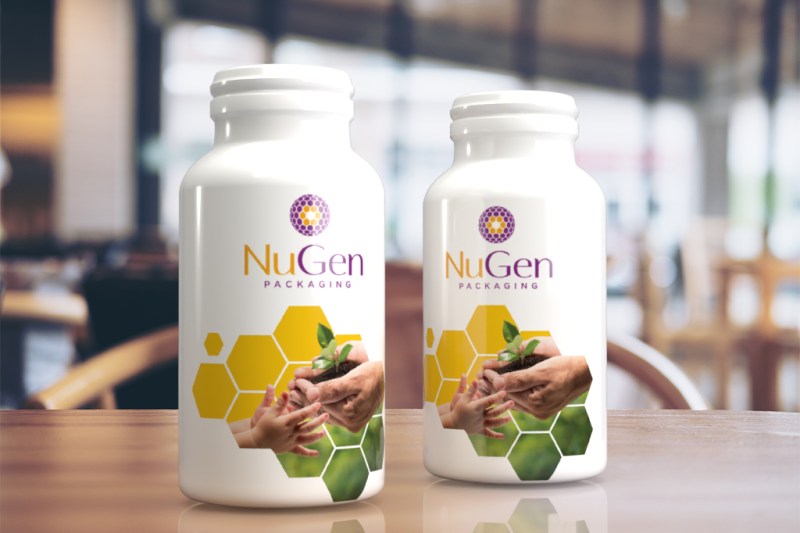
Nutraceuticals
Available Options:
- Glass
- Metal
- Post-Consumer (PCR) Recycled
Custom Solutions:
- Design
- Green Decorating Labels
- Material Selection
Pharmaceutical & OTC Products
Available Options:
- Metal: High Performance Barriers for Products Sensitive To:
- Moisture Vapor Transmission
- Oxygen
- Ultraviolet
- Glass for Pharmaceuticals
- Chemically inert to prevent drug interactions
- Perfect for liquid medicines and injectables
- Type I, II, and III glass options for different drug compatibilities
- Sterile packaging solutions available
Why Choose NuGen for Pharmaceutical and OTC Packaging?
- Product integrity promotes safe storage of your medication
- FDA compliant
- Child-resistant and senior friendly options available
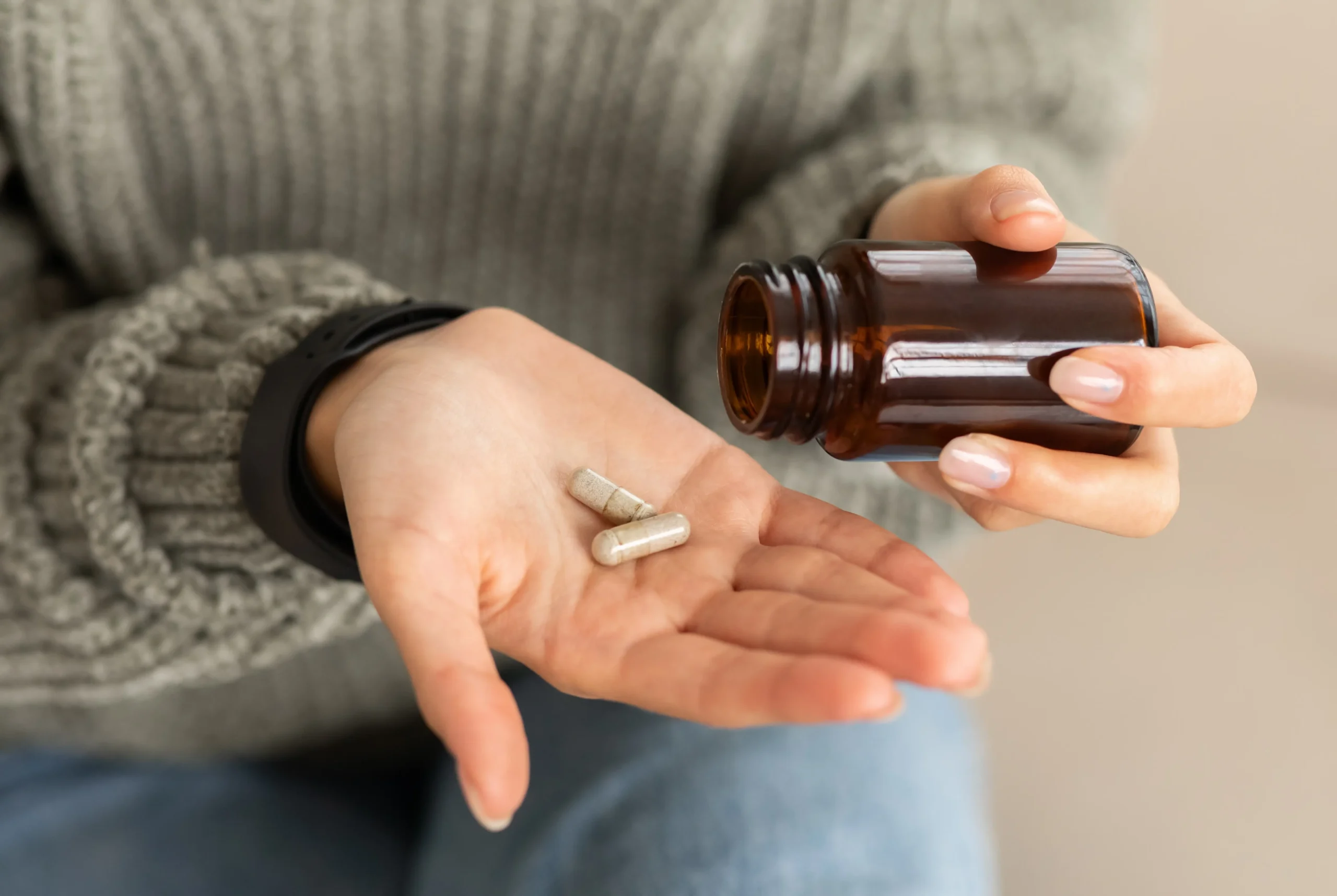
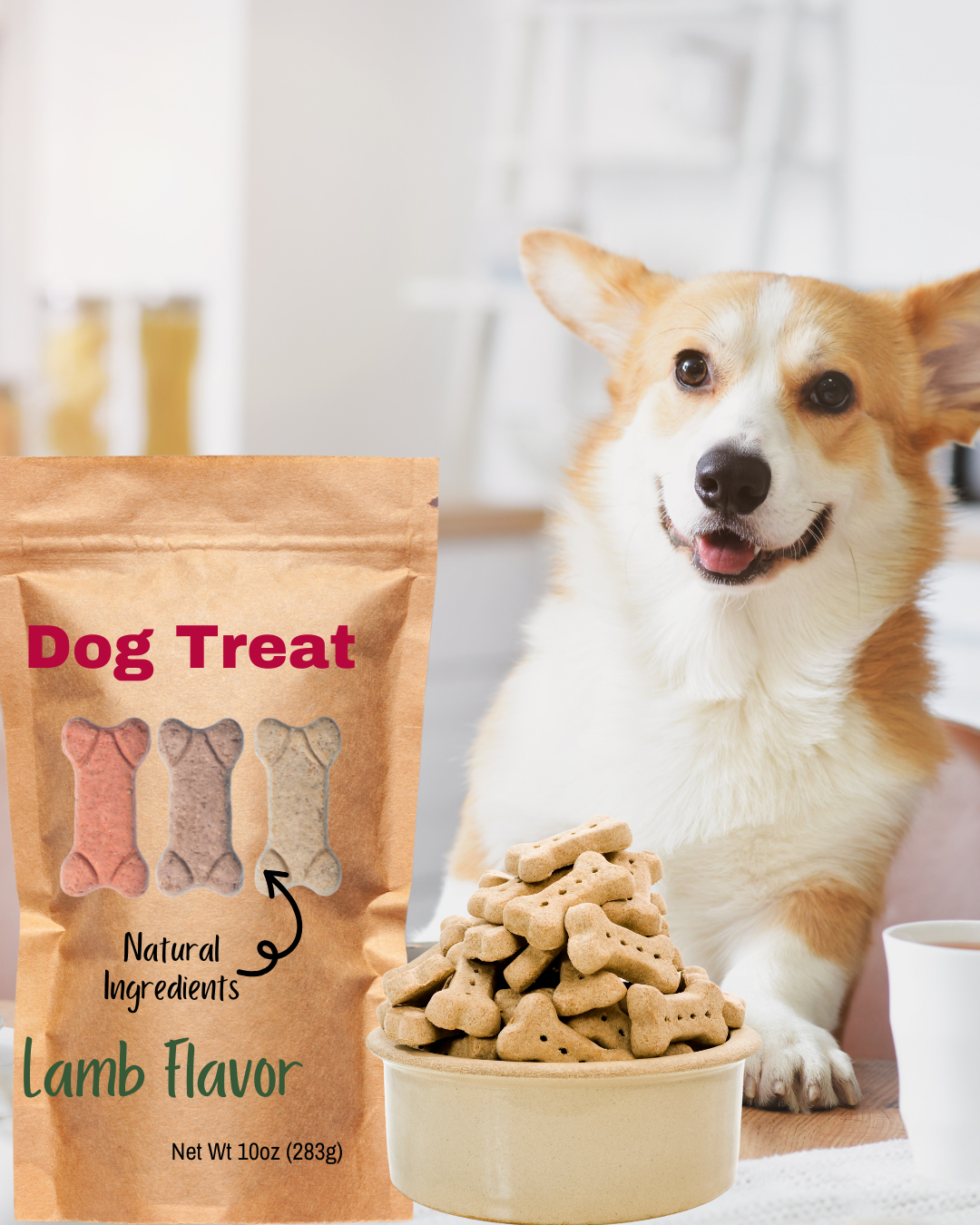
Pet Care
Available Options:
- Stand-Up Pouches
- Flat Bottom Bags
- Single-Serve Sachets
- Stick Packs
- Retort Pouches
Why Choose NuGen For Your Pet Care Packaging?
- Maintain product freshness and quality for your pet product
- Ensure compliance with FDA and CFR
- Offer sustainable packaging solutions to meet eco-conscious goals
- Provide pet-friendly, easy-to-use designs for convenience and care
- Deliver innovative dispensing solutions tailored to pet products
Personal Care And Beauty
Available Options:
- Glass
- Metal
- Recyclable Plastic (PCR)
- Biodegradable and Compostable Materials
- Refillable and Reusable Custom Systems
Choose From A Variety of Sustainable Beauty Packaging Materials:
- Recycled / Light Weight Glass
- Infinitely Recycled Metal
- PCR Metal
- Bamboo and other renewably resourced materials
- Post-Consumer Recycled (PCR) Resins
- Ocean-Bound Plastic
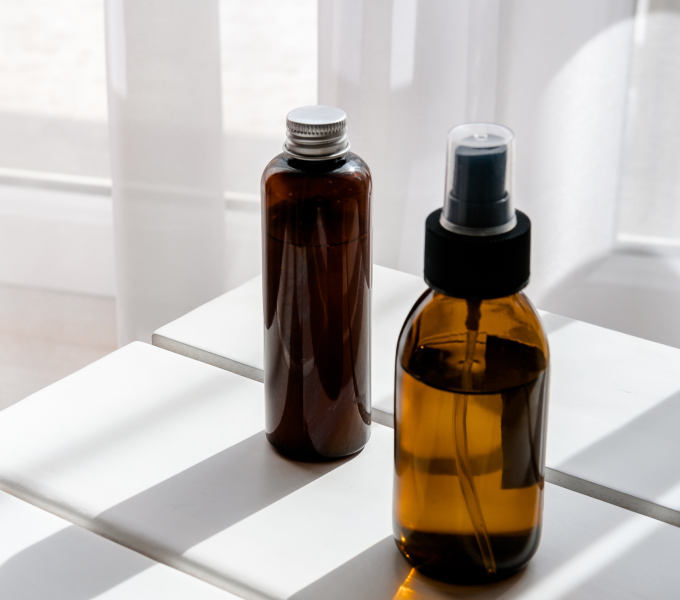
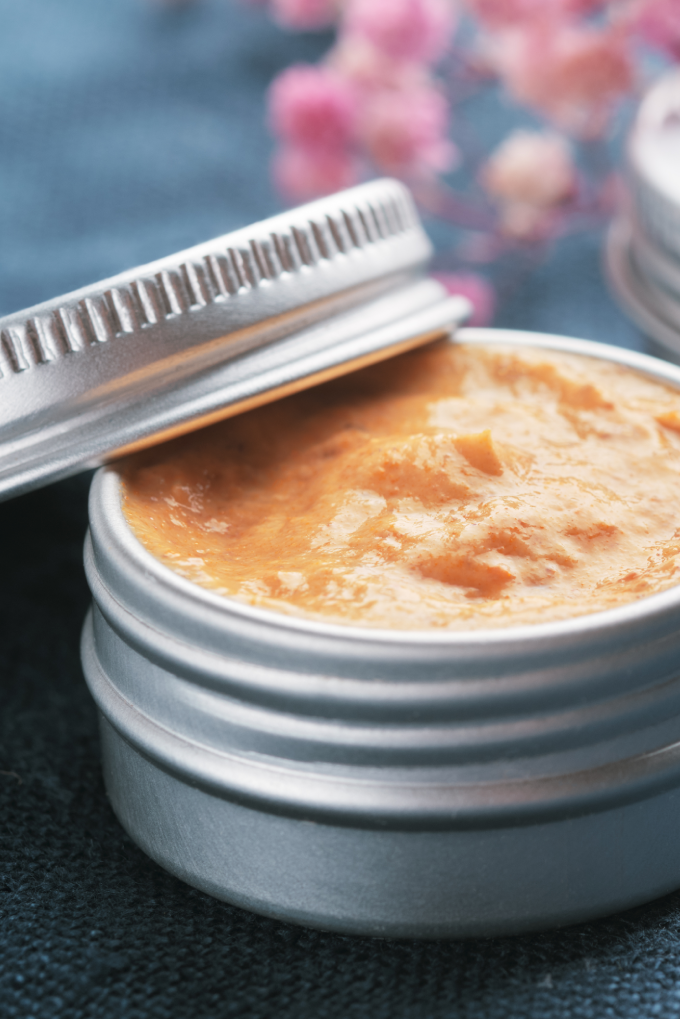
Cosmetics
Available Options:
- Paper
- Sourced from responsibly managed forests
- Fully recyclable and biodegradable
- Lightweight yet durable for product protection
- Ideal for eyeshadow palettes and compact powders
- Tin
- 100% recyclable material with no loss of quality
- Excellent barrier properties for product freshness
- Perfect for travel-friendly compacts and palettes
- Durable design for long-lasting customer use
- Metal
- Lightweight and strong, providing excellent product protection
- 100% recyclable and infinitely reusable without quality loss
- Ideal for sleek, premium designs that stand out on product shelves
- Resistant to corrosion for long-lasting packaging
- Biodegradable Materials
- Made from plant-based or biodegradable polymers
- Designed to naturally decompose under composting conditions
- Flexible design options for innovative cosmetic applications
- Ideal for eco-conscious brands aiming for a zero-waste approach
Why Choose NuGen For Your Cosmetic Packaging?
- Mono-material design for easy recycling
- Refillable options to encourage repeat purchases
- Minimal use of materials without compromising on luxury
- Organic inks and coatings for safe, eco-friendly decoration
Food and Beverage
Food
Partner with NuGen for packaging that supports both product excellence and eco-friendly practices. Our packaging solutions feature lightweight designs that reduce material use and lower transportation emissions, along with mono-material options that simplify recycling for containers and closures. Refillable systems promote customer loyalty while minimizing packaging waste, and smart packaging incorporates QR codes for easy access to product information and traceability. We also offer portion-controlled packaging to help reduce food waste, supporting both sustainability and consumer convenience.
Available Options:
- Glass
- Tin
- PCR Plastic Packaging
- Custom flexible packaging
Why Choose NuGen for Food Packaging?
- Compliance with food-grade safety regulations
- Environmentally focused materials and designs
- Customization to enhance brand identity
- Innovative solutions for sustainability and convenience
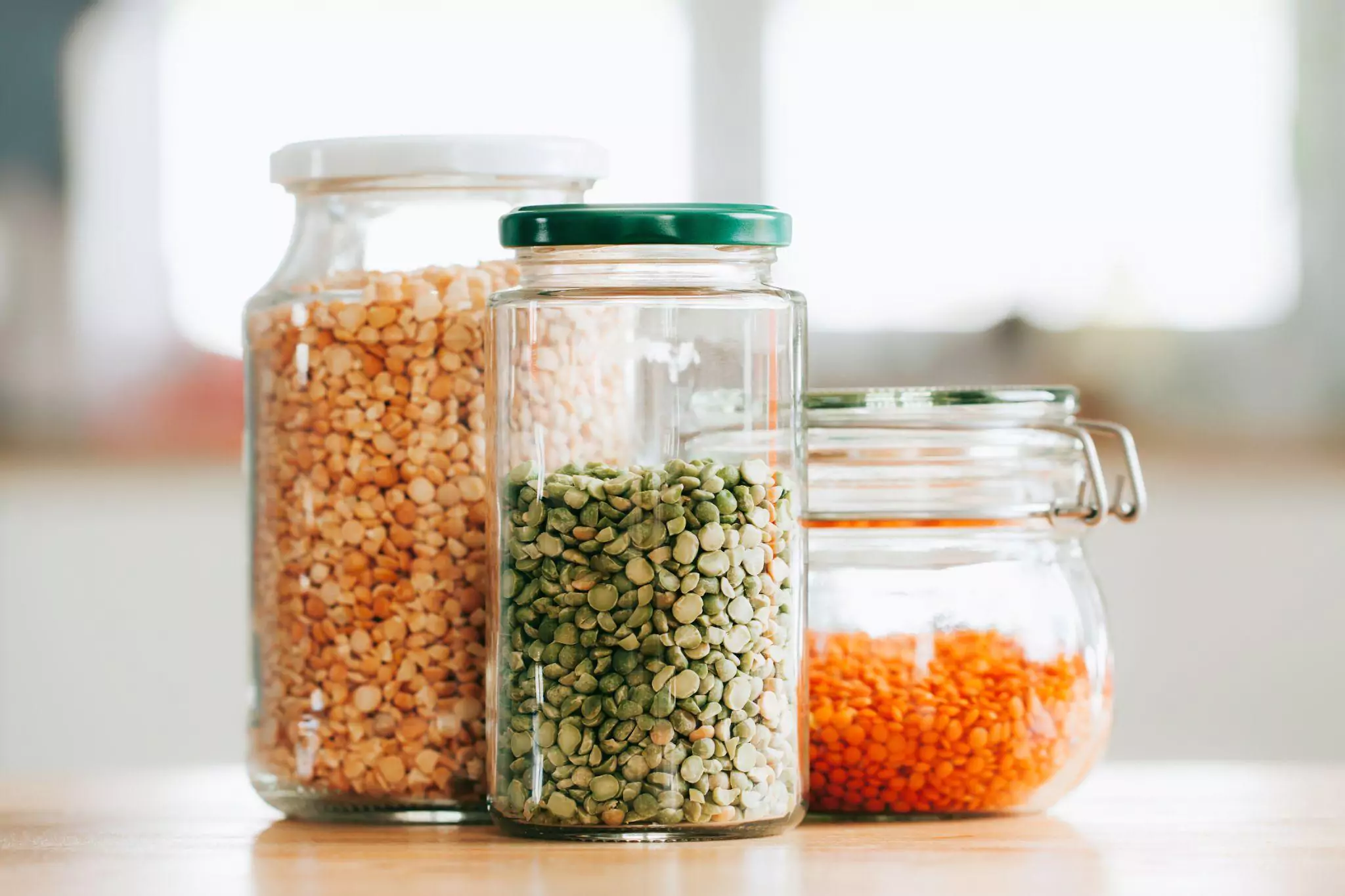
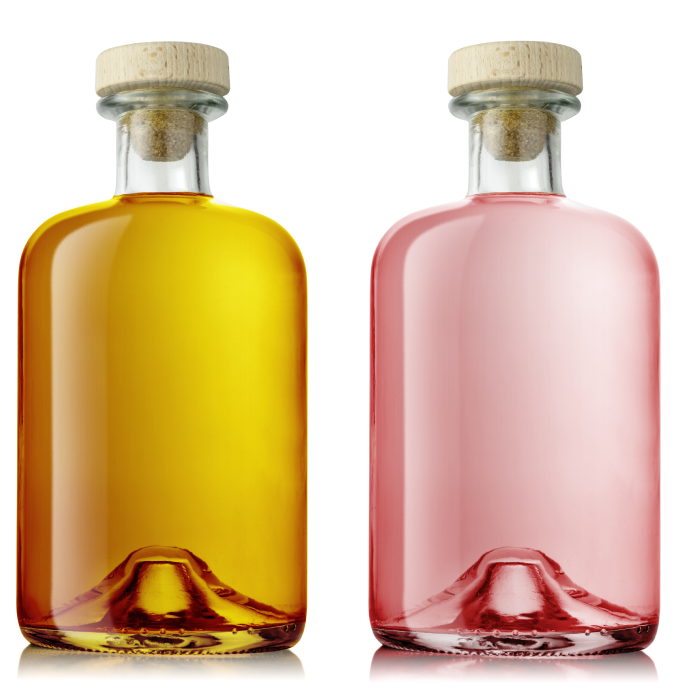
Beverages
Our beverage packaging solutions blend innovation and sustainability, preserving flavor profiles, extending shelf life, and meeting rigorous safety standards. With designs that enhance consumer experience and reduce environmental impact, we cater to every category—from craft beers to premium juices—with sleek, recyclable metal cans and elegant glass bottles. Our eco-friendly materials, including 100% recyclable metal and glass with options for recycled content, support your brand’s commitment to sustainability and quality.
Packaging Options:
- Metal
- Glass
- Options with recycled content
Versatile Beverage Packaging Options:
- Customizable cans in standard and tall options
- Metal bottles with a premium feel, combining durability and style
- Matte, glossy, and tactile finishes to enhance shelf appeal
- 360° branding with full-surface printing for maximum impact
- Resealable ends for convenience and freshness
- Tinted glass options for content protection and unique visual appeal
- Embossing and debossing to add texture and highlight branding
- Premium closures
Partner with NuGen for eco-friendly packaging that meets safety standards across industries like pharmaceuticals, personal care, and food.
From recyclable glass and metal to pet-safe pouches and refillable beauty options, our innovative solutions blend sustainability with style. Trust NuGen to deliver packaging that protects products, elevates brands, and aligns with eco-conscious values.
